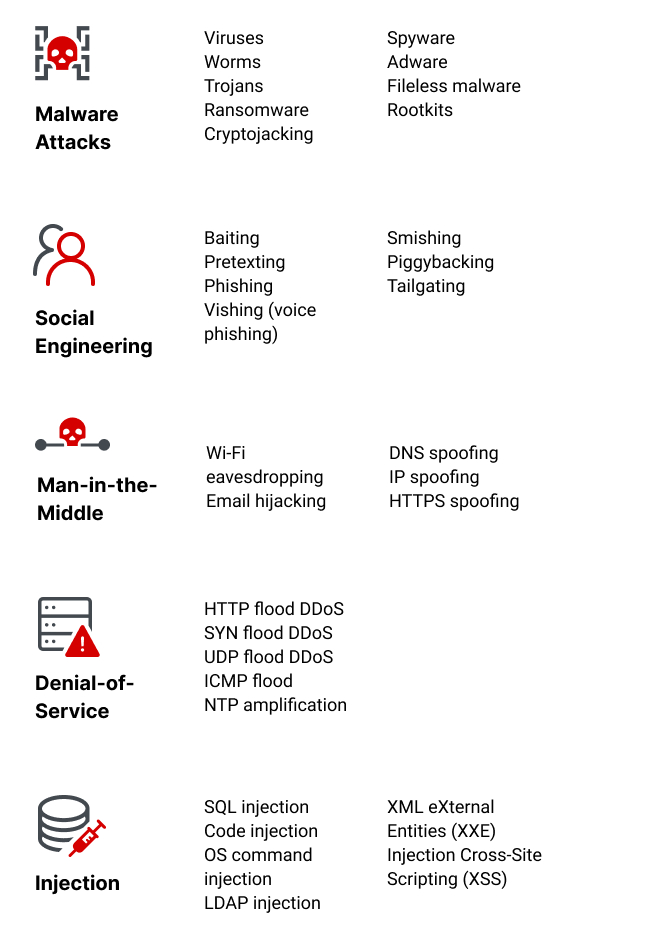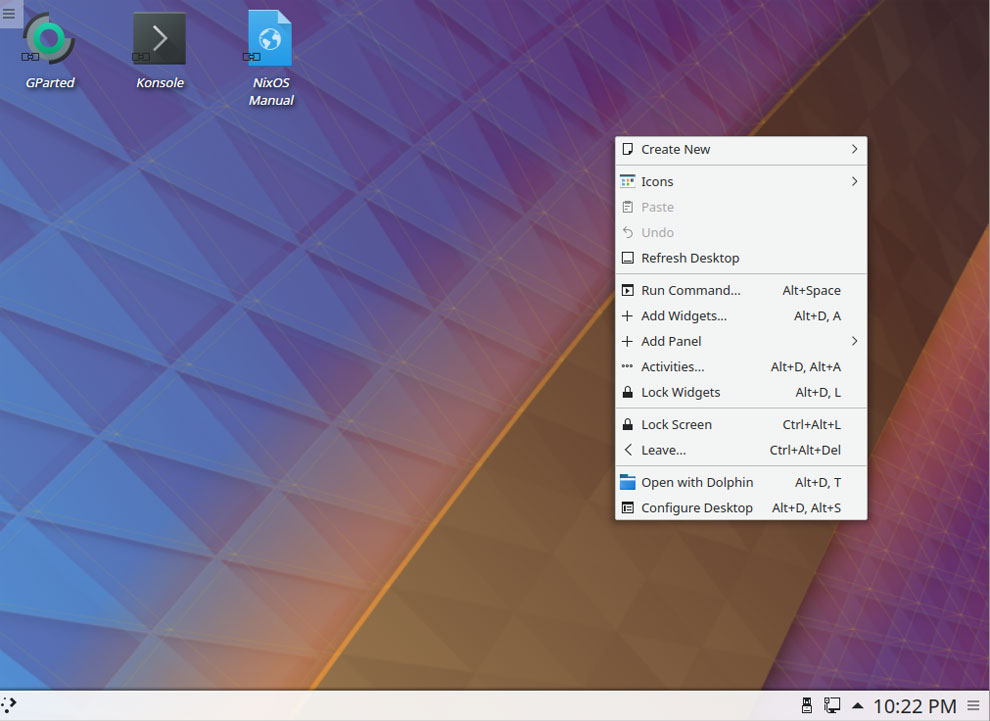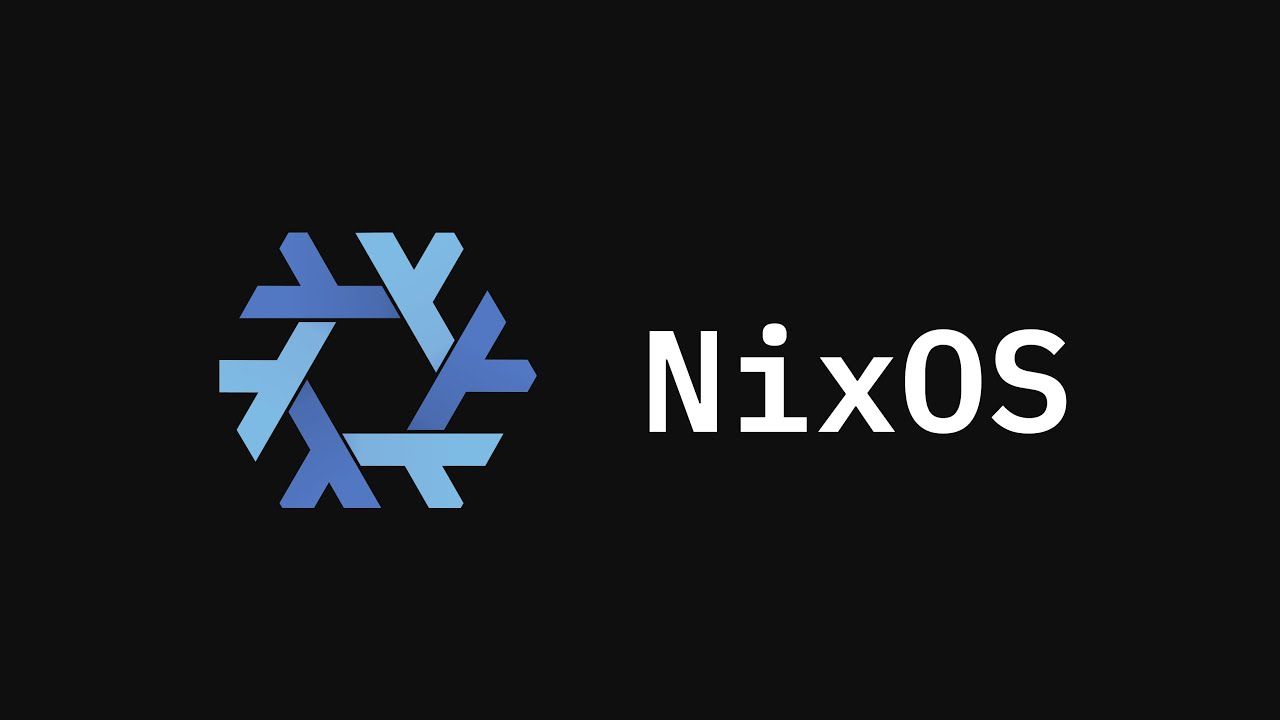
Why Microsoft’s Linux Guide Is a Trojan Horse for Windows Dominance
As a tech enthusiast, I couldn’t help but raise an eyebrow at Microsoft’s recent move to publish a guide on installing Linux on PCs. At first glance, it seems like a step towards embracing the open-source community, but is there more than meets the eye? Let’s dive into the unexpected motives behind this seemingly altruistic gesture.
Windows 11: The Wolf in Sheep’s Clothing
While Microsoft’s guide appears to advocate for Linux adoption, let’s not forget that the tech giant is still heavily invested in promoting its latest OS, Windows 11. By providing users with instructions on running Linux alongside Windows, Microsoft cleverly positions itself as a benevolent supporter of open-source while ensuring that its proprietary system remains the primary choice.
The Illusion of Choice: Linux vs. Windows
Linux and Windows may seem like two sides of the same coin, but their underlying purposes couldn’t be more divergent. Linux’s open-source nature fosters a diverse ecosystem of distros tailored to various industries, fostering innovation and customization. On the other hand, Windows, with its closed-source model, prioritizes control and uniformity, stifling the creative freedom that Linux users cherish.
WSL: A Trojan Horse for Windows Ecosystem
The repeated emphasis on Windows Subsystem for Linux (WSL) in Microsoft’s guide raises suspicions. While WSL offers a convenient way to run Linux within Windows, it also serves as a subtle strategy to tether users to the Windows ecosystem. By luring Linux enthusiasts with the promise of seamless integration, Microsoft aims to maintain its grip on users who might otherwise migrate to fully open-source solutions.
Embracing Interoperability or Ensuring Monopoly?
In an era marked by increased scrutiny of tech monopolies, Microsoft’s pivot towards interoperability might seem like a step in the right direction. However, beneath the facade of collaboration lies a strategic move to consolidate its dominance. By blurring the lines between Linux and Windows, Microsoft blurs the boundaries of choice, steering users towards a future where Windows reigns supreme.
The Verdict: Proceed with Caution
While Microsoft’s guide on Linux installation may appear to promote inclusivity and choice, a closer inspection reveals a calculated attempt to safeguard its market share. As consumers, it’s crucial to remain vigilant against corporate agendas masquerading as goodwill gestures. Let’s embrace open-source values with discernment and ensure that the tech landscape remains diverse and competitive.















